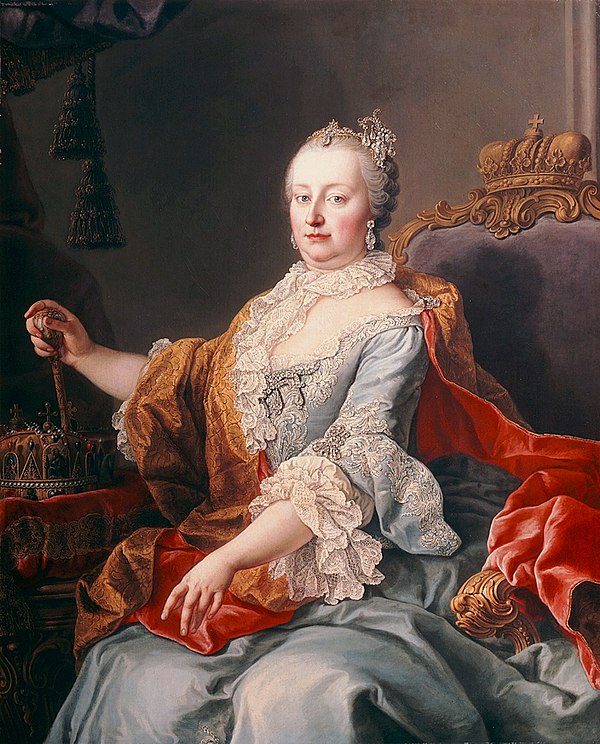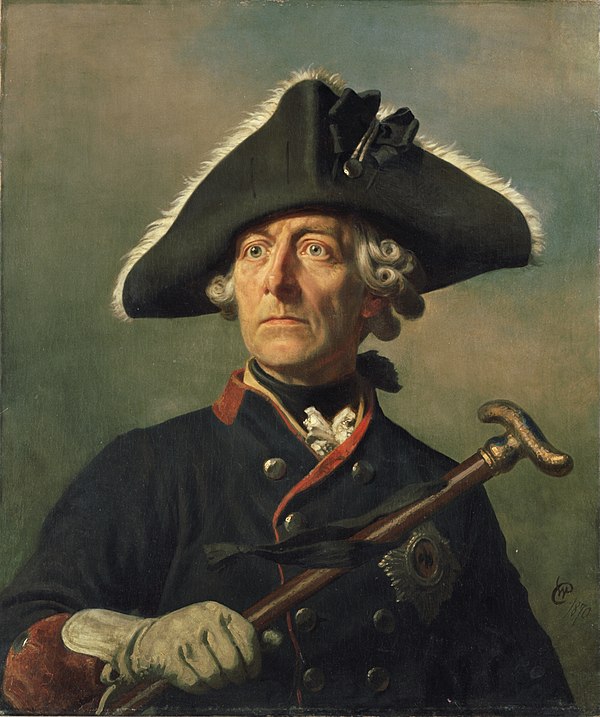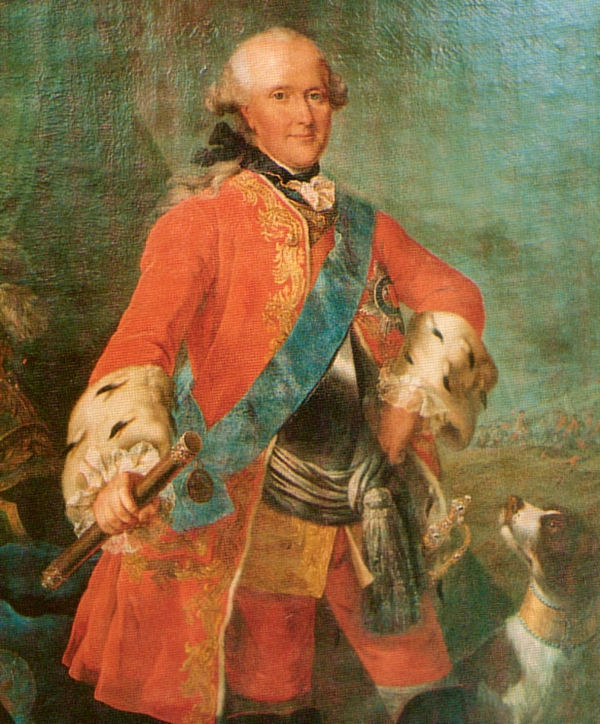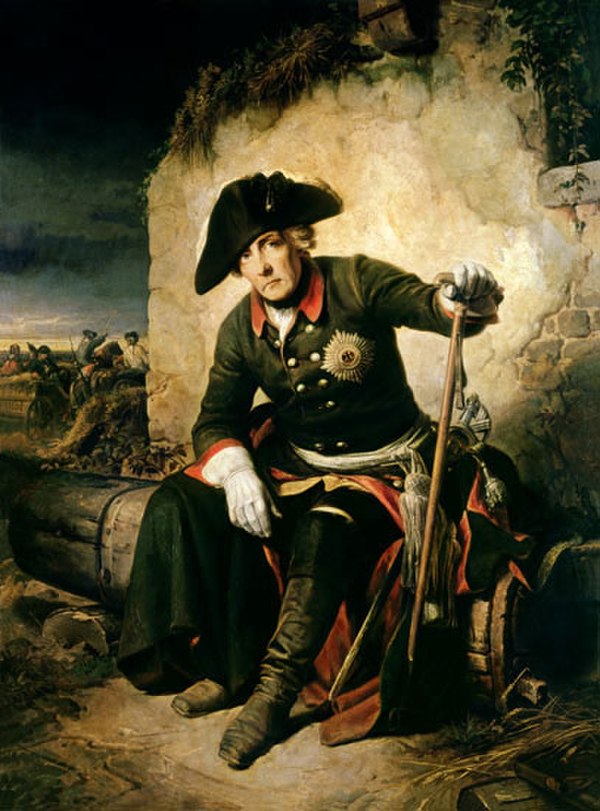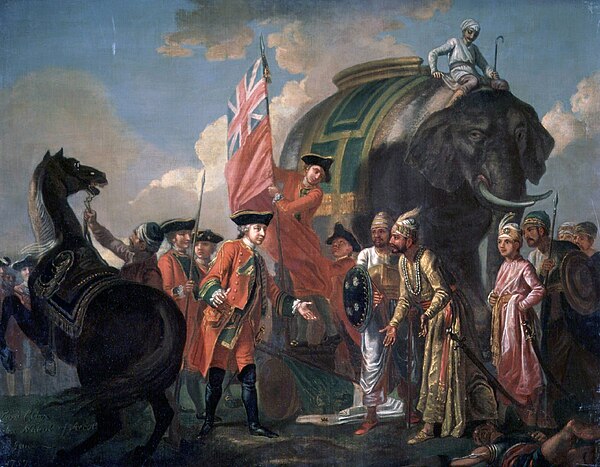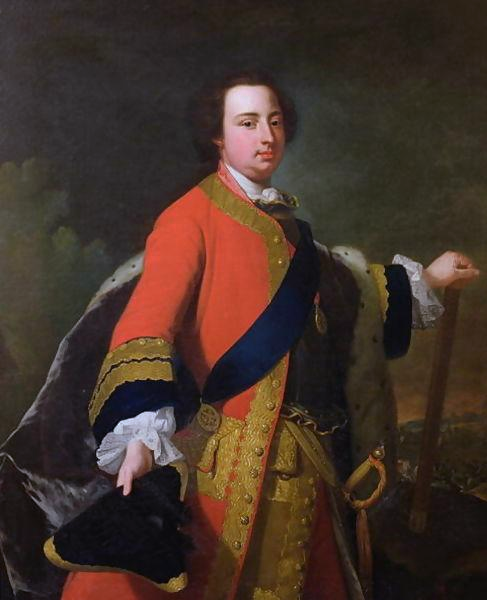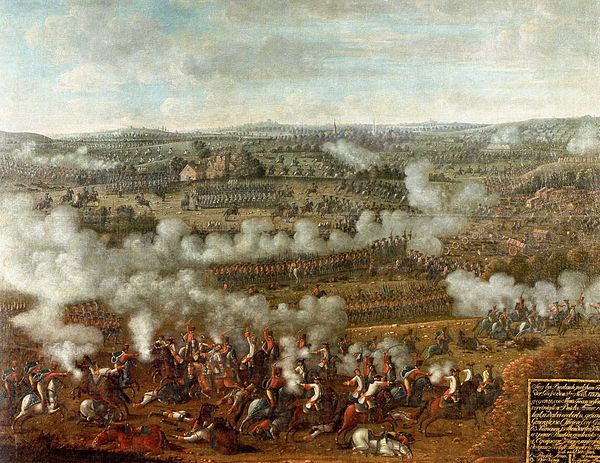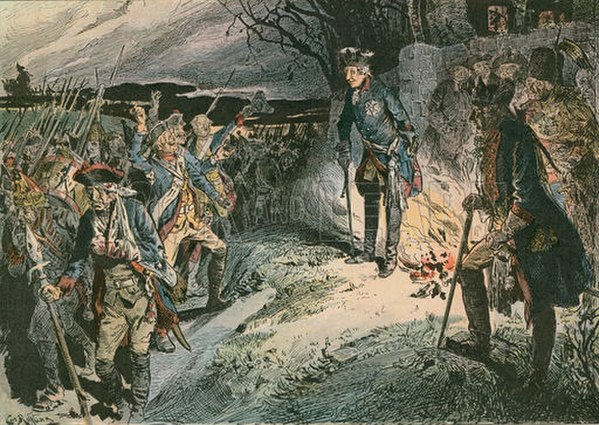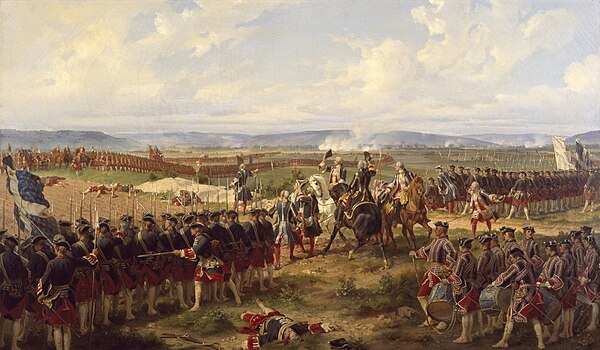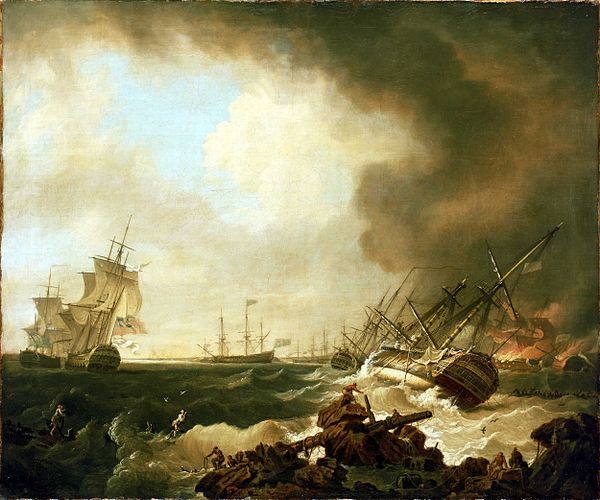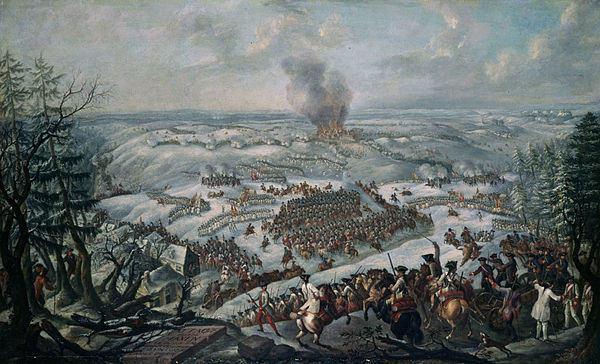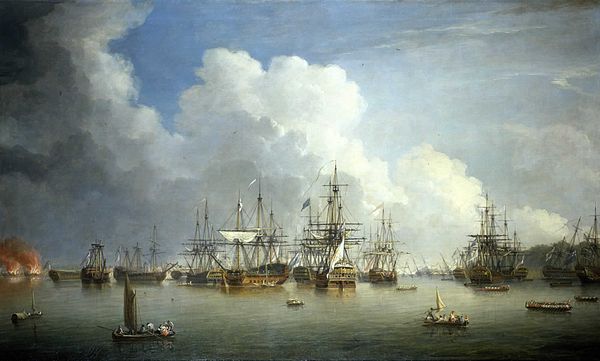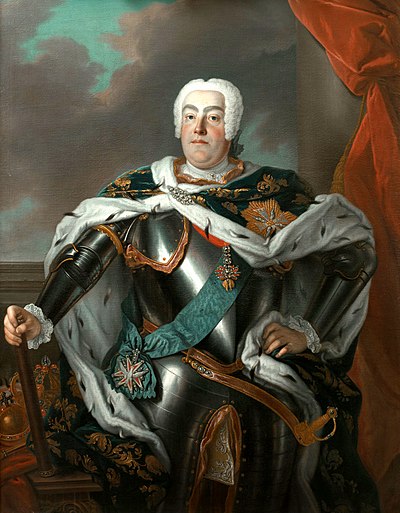
Seven Years' War
The Seven Years' War (1756–1763) was a global conflict between Great Britain and France for global pre-eminence. Britain, France and Spain fought both in Europe and overseas with land-based armies and naval forces, while Prussia sought territorial expansion in Europe and consolidation of its power. Long-standing colonial rivalries pitting Britain against France and Spain in North America and the West Indies were fought on a grand scale with consequential results. In Europe, the conflict arose from issues left unresolved by the War of the Austrian Succession (1740–1748). Prussia sought greater influence in the German states, while Austria wanted to regain Silesia, captured by Prussia in the previous war, and to contain Prussian influence.
In a realignment of traditional alliances, known as the Diplomatic Revolution of 1756, Prussia became part of a coalition led by Britain, which also included long-time Prussian competitor Hanover, at the time in personal union with Britain. At the same time, Austria ended centuries of conflict between the Bourbon and Habsburg families by allying with France, along with Saxony, Sweden and Russia. Spain aligned formally with France in 1762. Spain unsuccessfully attempted to invade Britain's ally Portugal, attacking with their forces facing British troops in Iberia. Smaller German states either joined the Seven Years' War or supplied mercenaries to the parties involved in the conflict.
Anglo-French conflict over their colonies in North America had begun in 1754 in what became known in the United States as the French and Indian War (1754–63), which became a theatre of the Seven Years' War, and ended France's presence as a land power on that continent. It was "the most important event to occur in eighteenth-century North America" prior to the American Revolution. Spain entered the war in 1761, joining France in the Third Family Compact between the two Bourbon monarchies. The alliance with France was a disaster for Spain, with the loss to Britain of two major ports, Havana in the West Indies and Manila in the Philippines, returned in the 1763 Treaty of Paris between France, Spain and Great Britain. In Europe, the large-scale conflict that drew in most of the European powers was centered on the desire of Austria (long the political centre of the Holy Roman Empire of the German nation) to recover Silesia from Prussia. The Treaty of Hubertusburg ended the war between Saxony, Austria and Prussia, in 1763. Britain began its rise as the world's predominant colonial and naval power. France's supremacy in Europe was halted until after the French Revolution and the emergence of Napoleon Bonaparte. Prussia confirmed its status as a great power, challenging Austria for dominance within the German states, thus altering the European balance of power.

